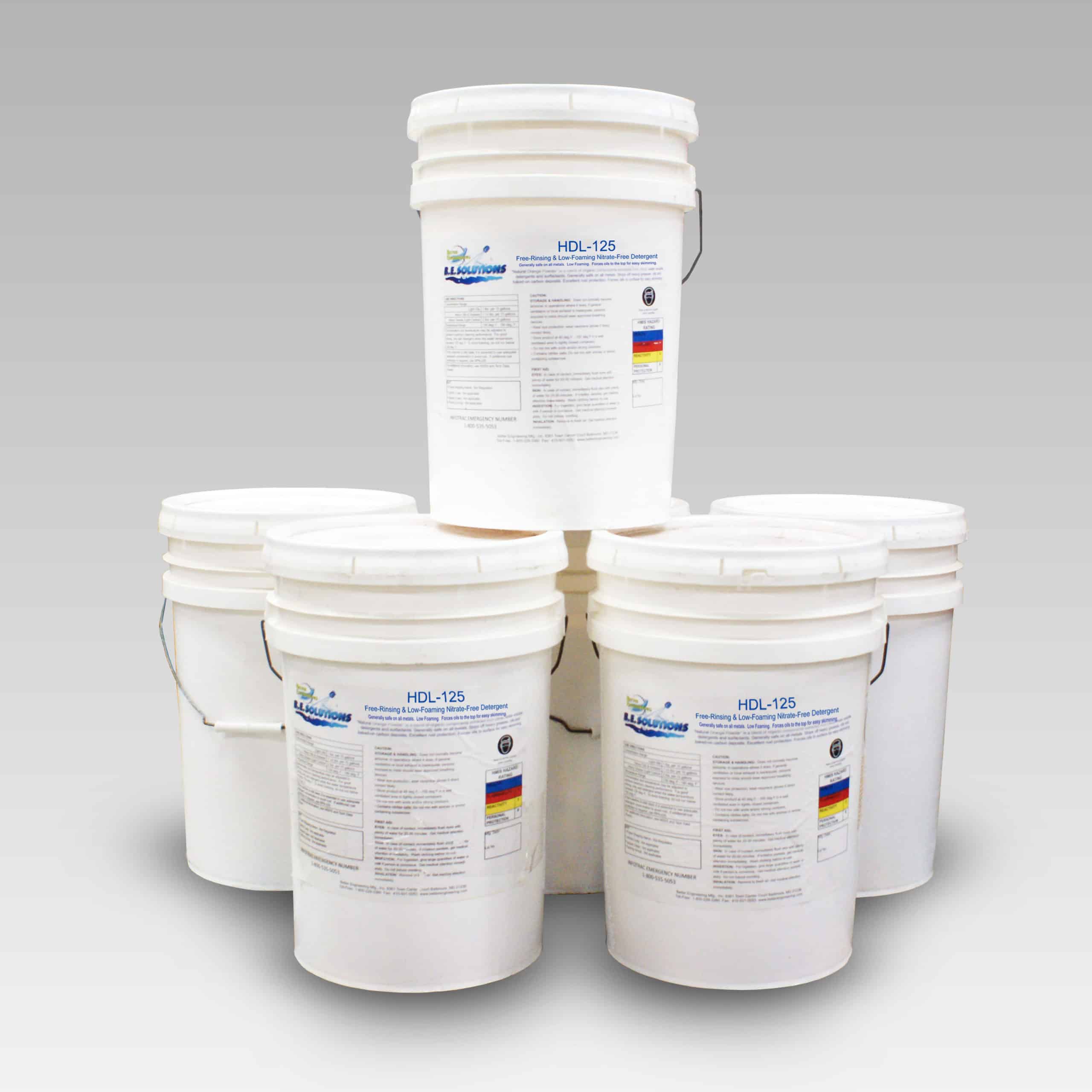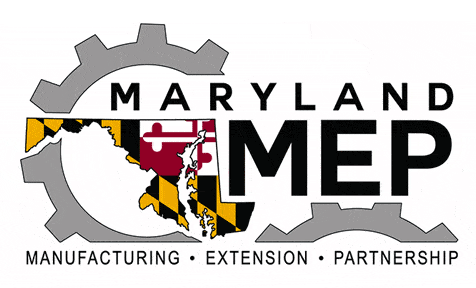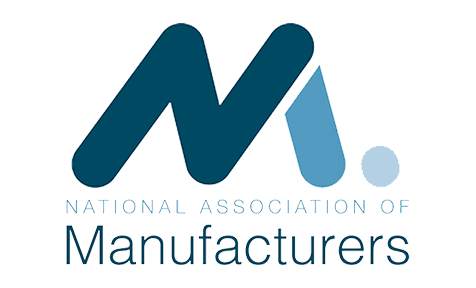When it comes to parts washing, there are two standard cleaning methods used: aqueous and solvent cleaning. But which one is the best choice? Industrial and manufacturing businesses commonly rely on assistance from detergents or solvents to remove oil and grease, dissolve paint and resins, and clean parts, tools, and equipment. Choosing a cleaning solution for your components determines performance and cleanliness, and learning about your options for sustainable, effective cleaning solutions affects your bottom line. This blog post will look at the differences between aqueous and solvent cleaning and consider how they affect the environment. We’ll also explore how aqueous cleaners work in parts washing to help you decide which option suits your needs. Learn more about aqueous and solvent cleaning in parts washing from Better Engineering Mfg., your trusted parts washing company.
Why is Parts Washing Vital to Your Business?
Parts washing is crucial in various industries, including automotive, aerospace, manufacturing, and electronics. It is a critical step in ensuring the quality, functionality, and longevity of parts and components.
During manufacturing, parts can accumulate dirt, oil, grease, and other contaminants that can negatively impact their performance and reliability. Parts washing is essential to remove these contaminants and prepare the parts for further processing, assembly, or packaging.
Failure to properly clean parts can result in numerous issues, such as reduced efficiency, decreased product lifespan, and equipment failure. Contaminants left on parts can lead to corrosion, friction, or even electrical shorts, which can significantly affect the overall functionality and safety of the final product.
Parts washing also plays a vital role in maintaining the overall cleanliness and safety of the manufacturing environment. Contaminated parts can introduce pollutants into the production area, leading to health hazards for workers and potential damage to equipment. By ensuring thorough cleaning, parts washing contributes to a safer working environment and improves overall operational efficiency.
What Are Aqueous Cleaners?
Aqueous cleaners are water-based cleaning solutions free from volatile organic compounds (VOCs). This method uses detergents, surfactants, agitation, and pressurized spray to decontaminate your industrial parts. These cleaners use surfactants, alkaline or acidic agents, and water to break down and remove contaminants. Overall, aqueous cleaning is more sustainable, has a higher safety margin, and stable, non-VOC composition.
During the cleaning process, the aqueous cleaning solution is heated and circulated around the parts to be cleaned using pumps and nozzles. This circulation and heat help to activate the surfactants, which then break down the grease, oil, or other contaminants on the parts. The cleaning solution is then rinsed off the parts, leaving them clean and free from residual contaminants.
Aqueous cleaners are highly effective at removing various contaminants, including oils, greases, dirt, and grime, making them ideal for use in multiple industries. In addition, these cleaners are safe for use on most types of materials, including metals, plastics, and composites.
Aqueous cleaning systems are widely adopted in aerospace, automotive, food processing, and medical manufacturing industries because they deliver consistent, high-performance results without the hazards of solvent-based methods. These systems can also be tailored to meet specific cleanliness standards, part geometries, and throughput needs.
Key Benefits of Aqueous Cleaning:
- Safer for workers and the environment (no VOCs or flammable chemicals)
- Compatible with automated and high-volume cleaning lines
- Effective on oils, greases, particulates, and stubborn residues
- Suitable for both delicate and heavy-duty components
- Helps companies meet industry compliance standards (EPA, FDA, etc.)
Overall, aqueous cleaners offer an environmentally friendly, cost-effective, and efficient way to clean parts and components. With no harmful VOCs or toxic waste to dispose of, they are preferred by many industries looking for a safer, more sustainable cleaning solution.
What Are solvent Cleaners?
Whereas aqueous cleaners rely on water-based solutions, solvent cleaners are composed of organic chemicals that dissolve contaminants instead of lifting them away with water and surfactants. Solvent cleaning uses compounds like alcohols, ketones, and hydrocarbons to break down grease, oil, wax, tar, or adhesives on surfaces. These cleaners typically evaporate quickly, leaving parts dry and free of residue—ideal for applications requiring rapid turnaround or where water exposure is a concern.
What are Solvent Cleaners:
- Common solvent cleaners include:
- Acetone – fast-evaporating and effective on resins, oils, and adhesives.
- Isopropyl alcohol (IPA) – widely used for electronics and precision parts.
- Mineral spirits – often used for degreasing metal components.
- Naphtha – effective for removing tar and heavy greases.
- Toluene and xylene – powerful but highly regulated due to toxicity.
Solvent cleaning is a widely-used method in parts washing but has a significant environmental impact. Solvents are typically made from petrochemicals, which are non-renewable and contribute to greenhouse gas emissions. Moreover, solvents contain volatile organic compounds (VOCs) that are known to be hazardous to human health and the environment.
During solvent cleaning, VOCs evaporate into the air and can lead to ground-level ozone formation and air pollution. Solvent waste also threatens soil and water quality when not disposed of properly.
Environmental laws, such as the Clean Air Act and Clean Water Act, have regulated the use of solvent cleaning. However, stricter regulations are continually being implemented, pushing companies to move towards more eco-friendly alternatives.
Choosing aqueous cleaning over solvent cleaning eliminates harmful chemicals and VOCs and offers a more cost-effective and efficient solution. As technology advances, aqueous cleaning becomes a more viable option in industries that once solely relied on solvent cleaning. By switching to aqueous cleaners, companies can minimize their environmental impact and improve their bottom line.
What are the Major Differences Between Aqueous and Solvent Cleaning?
When it comes to cleaning parts, both aqueous and solvent cleaners have advantages and disadvantages. Solvent cleaning is known for its effectiveness in removing tough oil and grease stains from metal parts. However, this cleaning method also poses significant environmental risks due to the release of hazardous chemicals and the generation of hazardous waste.
On the other hand, aqueous cleaners are less hazardous and better for the environment but may not be as effective in cleaning certain types of parts or removing stubborn stains. However, advancements in aqueous cleaning technology have made them more effective in recent years, with many aqueous cleaners able to clean parts as effectively as solvents.
Ultimately, the choice between aqueous and solvent cleaning depends on various factors, including the type of parts being cleaned, the type of contaminants being removed, and the desired level of cleaning. While solvent cleaning may be more effective for certain types of parts and contaminants, aqueous cleaning is becoming increasingly popular due to its environmental friendliness and effectiveness in many applications. Companies must weigh each cleaning method’s pros and cons before deciding which one to use for their parts washing needs.
Both aqueous and solvent cleaners achieve the same cleanliness level, but there are a few key differences between the two:
- Evaporation vs. Rinsing and Drying: Water-based cleaners don’t evaporate at the same rate as solvent cleaners and must be rinsed and sometimes dried to remove any leftover residue. As stated above, solvent cleaners usually contain alcohols such as ethanol or isopropanol, which don’t require rinsing. Additionally, the evaporation process takes less time than rinsing and drying.
- Environmental and Health Impact: Solvents often prepare metals for different finishing processes like welding or painting and contain VOCs (volatile organic compounds). VOCs have significant short- and long-term detrimental effects on the health of humans and the environment; their gaseous nature contributes to the depletion of the ozone layer. Since they have water-based chemistry, aqueous cleaners, while potentially dangerous when dealing with solutions on the far ends of the pH scale are relatively nontoxic.
- Reactive Additives: Additives to aqueous cleaners, such as chelating agents, saponifiers, and builders, are incompatible with all materials. They can react aggressively and cause metals or plastics to break down and not function as intended.
| Feature | Aqueous Cleaners | Solvent Cleaners |
|---|---|---|
| Base Chemistry | Water-based | Organic chemical-based |
| VOCs | Little to non; non-volatile | High; contains volatile organic compounds |
| Environmental Impact | Low; biodegradable, fewer emissions, less hazardous waste | High; contribute to air and water pollution, hazardous waste, and greenhouse gas emissions |
| Cleaning Strength | Effective on water-soluble soils, light to moderate contaminants | Superior for heavy, baked-on, oily, or resinous soils; strong degreasing |
| Safety | Non-flammable, safer for handling, minimal inhalation risk | Flammable, toxic fumes, requires PPE and ventilation; higher health risks |
| Disposal Requirements | Easier, less regulated; wastewater may need treatment | Strict; hazardous waste regulations, costly and complex disposal |
| Suitable Materials | Metals, plastics, ceramics, most general surfaces | Metals, precision parts, electronics; may damage plastics/rubbers depending on solvent |
| Post-Cleaning Requirements | May require rinsing and drying to remove residues | Usually evaporates quickly; often leaves no residue, but may need further cleaning for residues |
Why Choose Aqueous Cleaners?
Although solvent cleaners are efficient, when it comes to impacts on health and the environment, there’s no question about which option is safer. Solvent cleaners cause illnesses ranging from skin and lung irritation to affecting the central nervous system, among other complications, including loss of life.
According to Environmental Protection Agency (EPA) studies, the industrial sector accounts for 22% of greenhouse gases released into the air. Many companies seek safer, more eco-friendly solutions such as water-based solutions. Aqueous cleaners offer a more sustainable solution using water-soluble and biodegradable detergents, making them safer for users and the environment.
Which Chemistry Best Fits Your Applications?
Both aqueous and solvent cleaners can be highly effective—but the best fit depends on your specific application, contaminants, and regulatory requirements. Here are a few examples of how different industries are making that decision:
- Medical device companies rely on aqueous ultrasonic cleaning systems to remove contaminants from sensitive instruments without leaving harmful residues.
- Aerospace manufacturers choose aqueous cleaning systems for degreasing titanium components while avoiding harmful VOC emissions.
- Automotive shops may still use solvent cleaning for fast-drying needs like brake parts, but increasingly strict regulations are accelerating a shift toward safer alternatives.
Each industry weighs performance, safety, environmental impact, and cost. While solvent cleaning remains common in certain legacy processes, more and more sectors are turning to aqueous systems as technology advances.
The Bottom Line: Aqueous Cleaning Is the Safer, Smarter Choice
If you’re navigating changing environmental regulations or simply looking to improve worker safety and operational efficiency, aqueous cleaning offers a powerful solution. Modern water-based chemistries have closed the performance gap with solvents—and in many cases, outperform them in total cost of ownership and compliance.
Want more information? Check out our blogs or contact us for details and free parts testing.





